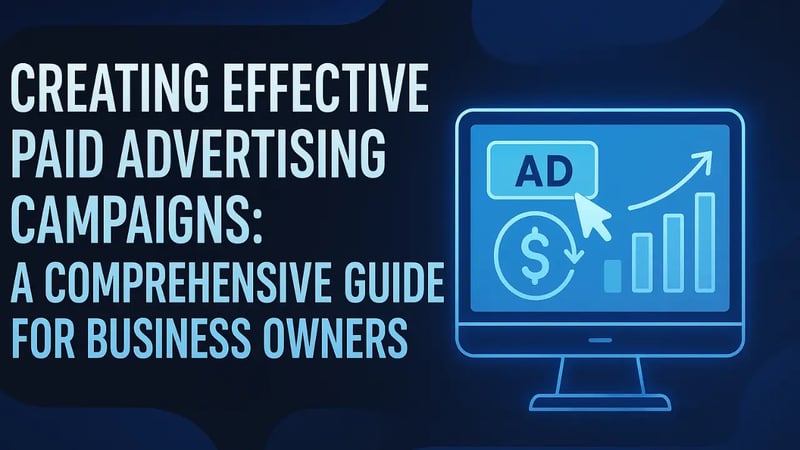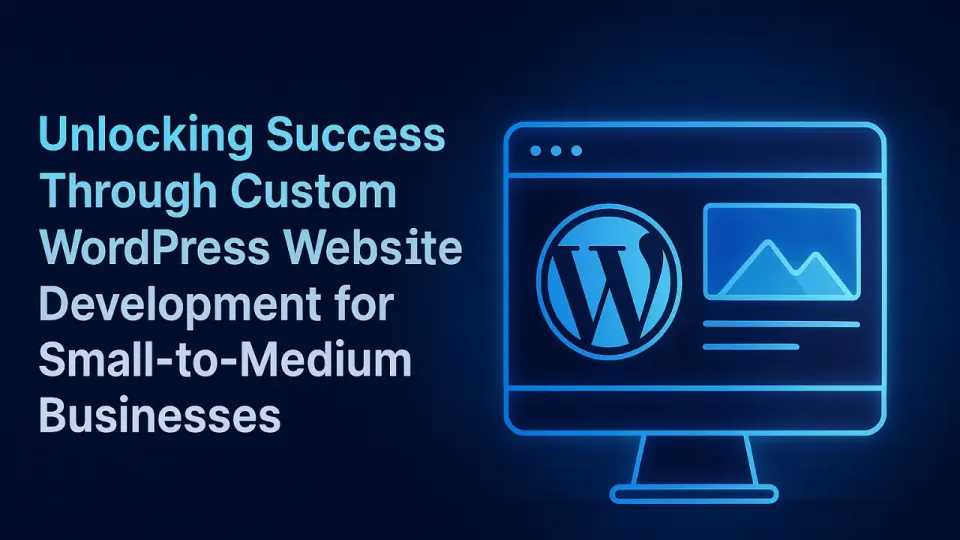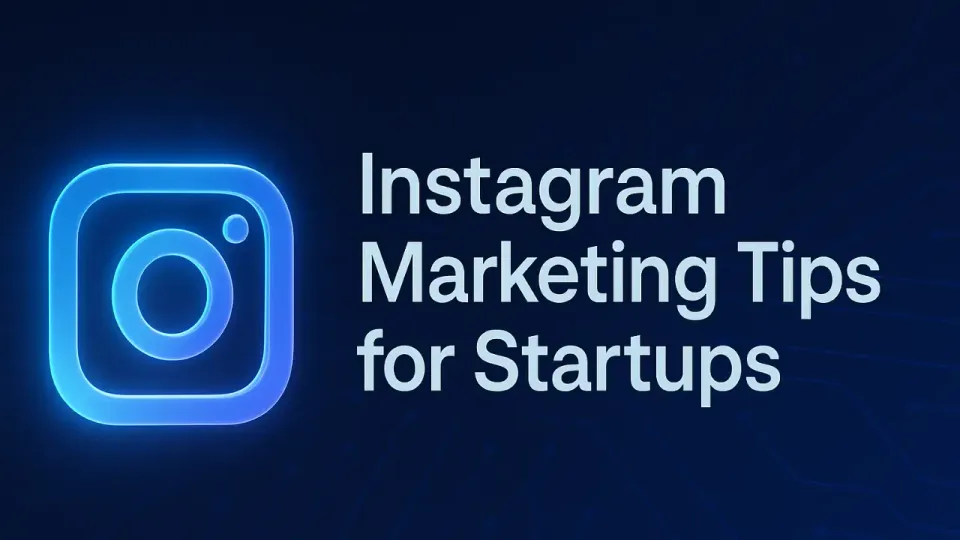Creating Effective Paid Advertising Campaigns: A Comprehensive Guide for Business Owners
Navigating the world of paid advertising can be tricky for small business owners. This guide provides actionable insights on creating effective campaigns to boost your visibility and ROI.

In today’s fast-paced digital landscape, small-to-medium business owners and entrepreneurs face an array of challenges when it comes to advertising. With the rise of online platforms, creating effective paid advertising campaigns can feel like navigating a labyrinth without a map. How do you effectively reach your target audience, ensure your investments yield returns, and keep pace with ever-evolving trends? This article aims to guide you through the nuances of creating successful paid advertising campaigns tailored to your business needs.
Understanding Your Audience
The cornerstone of any effective advertising campaign is understanding your audience. Who are your ideal customers? What do they value? Consider creating customer personas that encapsulate the demographics and psychographics of your target market. For instance, if you operate a local boutique in Hoover, AL, understanding that your customers—predominantly women aged 30-50—prefer unique, handmade items can shape your campaign accordingly.
Real-World Insight: A local coffee shop owner in Birmingham started by surveying her customers. She learned they valued not only quality coffee but also the story behind each blend. Incorporating storytelling into her ads not only resonated with her audience but also increased her foot traffic by 30% within two months.
Selecting the Right Platforms
Once you’ve pinpointed your audience, the next step is selecting the platforms where they congregate. For many local businesses, platforms like Facebook, Instagram, and Google Ads are essential. Each platform caters to different user behaviors and preferences. Facebook is great for community-focused businesses, while Google Ads can elevate brand visibility through search interests.
Tip: Conduct a small test campaign across multiple platforms. Monitor metrics like CTR (Click-Through Rate) and ROI (Return on Investment) from each platform to identify where your efforts yield the best returns.
Crafting Compelling Ad Copy and Visuals
Visuals capture attention, but it's your ad copy that seals the deal. Start by focusing on your Unique Selling Proposition (USP). What sets your business apart from competitors? Craft your message to show customers how your offering solves their problems or fulfills their needs. Use clear calls-to-action that inspire immediate engagement, like "Shop Now" or "Book Your Free Consultation."
An Example to Consider: A local gym introduces a new fitness class. Their ad features vibrant images of the class in action, accompanied by testimonials from satisfied members who experienced significant results. This not only builds trust but also sparks curiosity, increasing sign-ups by 50% during the promotional period.
Operating Within Your Budget
Budgeting for paid advertising can be daunting, especially for small business owners. Yet, a well-planned budget can prevent overspending and help you achieve your goals with systematic precision. Establish a clear budget and use A/B testing to optimize your spend. Begin with a modest budget, analyze the performance, and adjust accordingly.
Data Insight: Research indicates that businesses that systematically track their advertising performance see ROI improvements of up to 20%. Focus on the metrics that matter—conversions, leads, and engagement rates—to allocate your budget effectively.
Measuring Success and Adapting Strategies
No campaign should conclude without evaluation. Measuring the success of your ad campaigns is critical to understanding what works and what doesn’t. Utilize tools like Google Analytics and social media insights to gain data on engagement, traffic, and conversions. Analyze these metrics regularly to refine your strategies and improve future campaigns.
A Case Study: A local e-commerce store specializing in home decor noticed declining engagement rates. Conducting a thorough analysis revealed their ads were not visually appealing. After rebranding their visuals and adopting a simpler call to action, their conversion rates doubled in a month.
Conclusion
Creating effective paid advertising campaigns might seem complex, but with a structured approach—understanding your audience, selecting the right platforms, crafting compelling content, managing your budget wisely, and rigorously measuring success—you can set your business on a path to success. Remember, every ad is a new learning opportunity; don’t hesitate to pivot and adapt as you gain insights into what resonates best with your audience.
FAQ's
What is the ideal budget for a paid advertising campaign?
There is no one-size-fits-all; however, starting with a budget that allows for A/B testing—approximately 10-15% of your overall marketing budget—is advisable.
How long should I run my ads before assessing their effectiveness?
It's generally recommended to run ads for at least 2-4 weeks to gather meaningful data, but monitor them weekly to adjust as needed.
Are there specific platforms better for local businesses?
Yes, platforms like Facebook and Instagram tend to be effective for local outreach, while Google Ads can enhance visibility in local searches.
How can I improve my ad copy?
Focus on clarity and empathy; speak directly to your audience’s needs and desires. Consider using testimonials and strong calls to action.
What metrics should I track in my advertising campaigns
Key metrics include ROI, CTR, conversion rates, engagement rates, and overall reach to understand effectiveness.
"Joining this community has been a game-changer for staying updated on the latest trends & events!" - John B.





